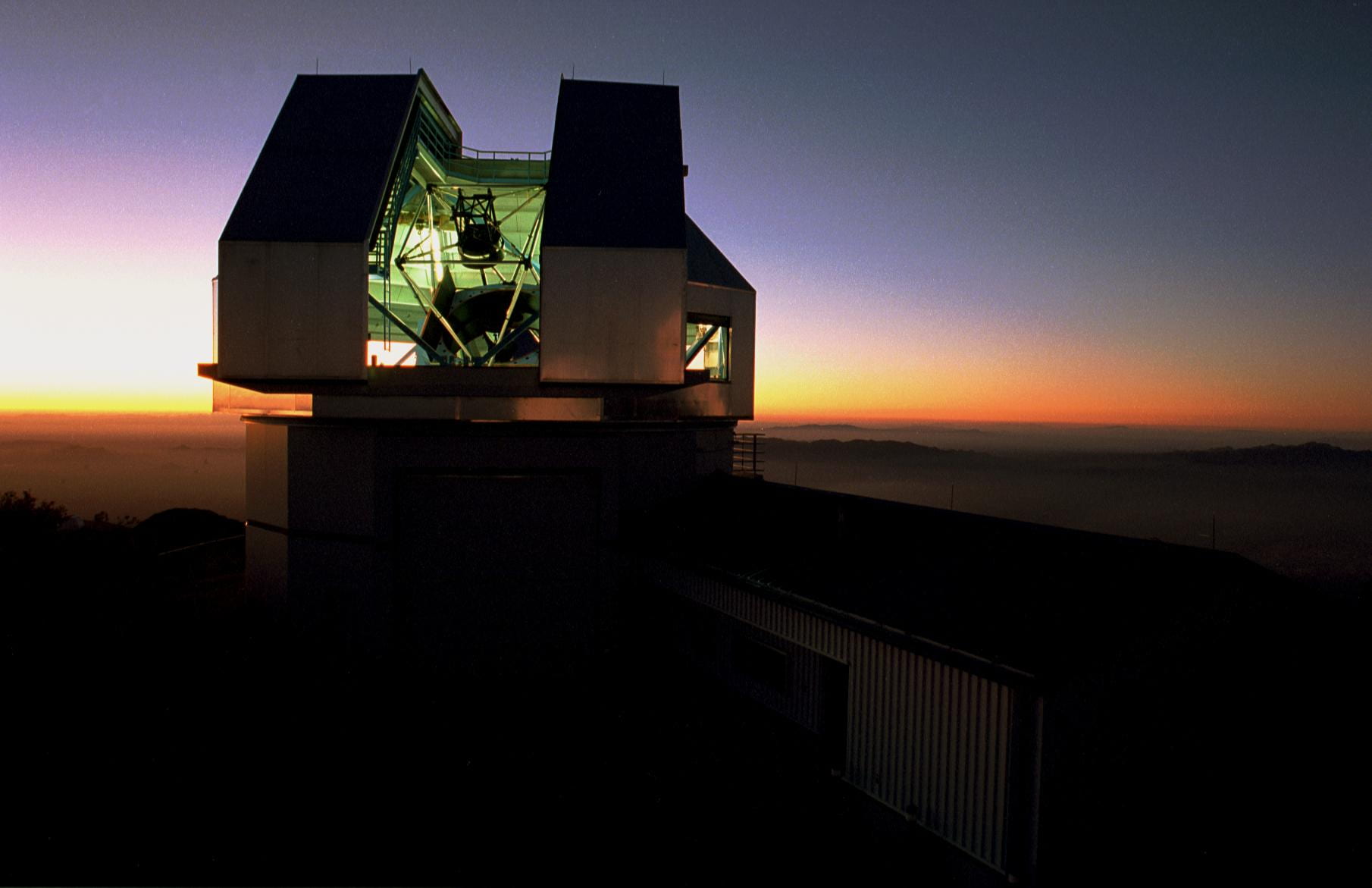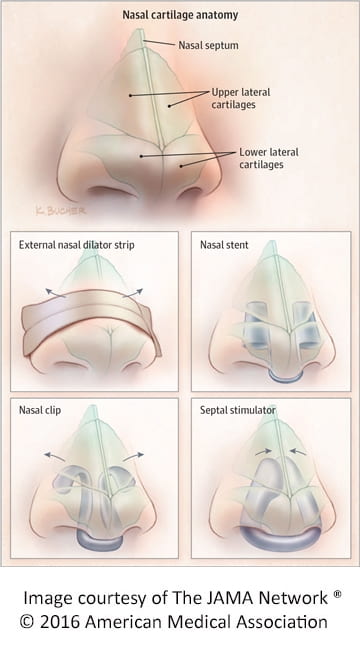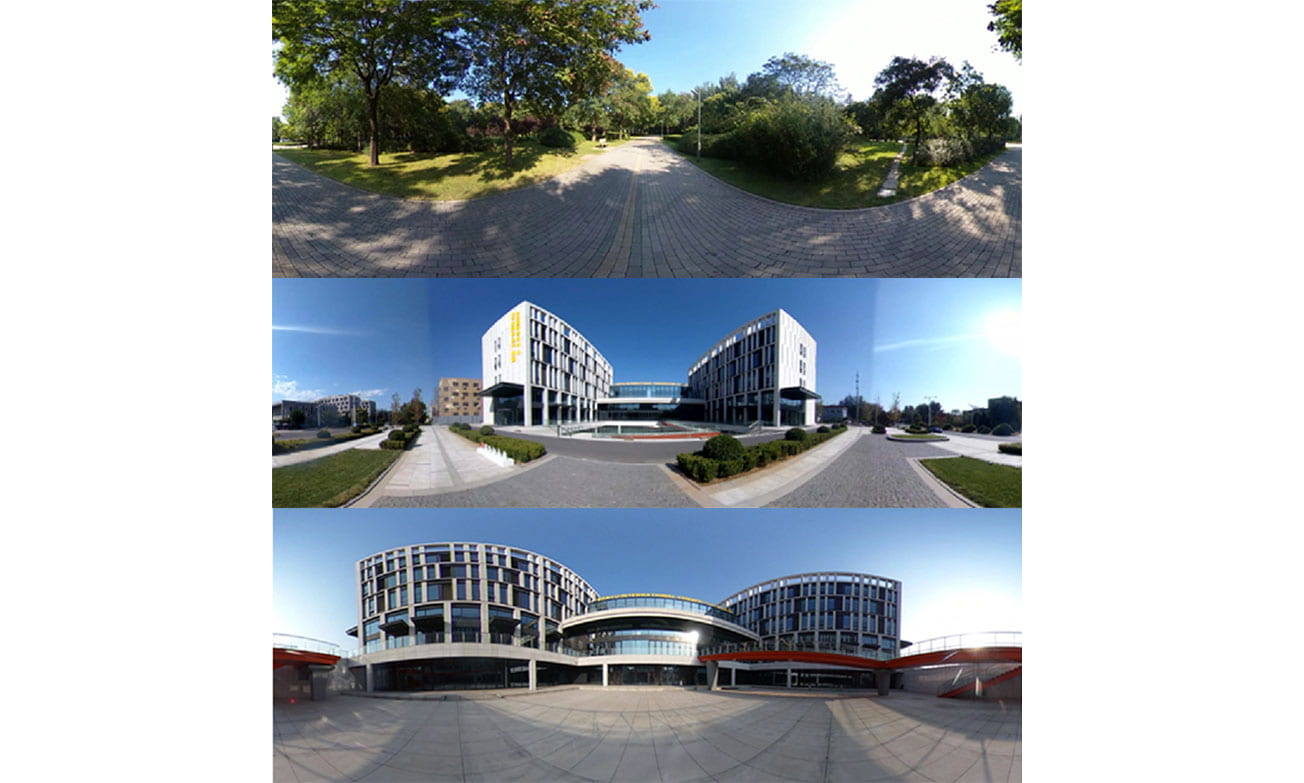Exoplanet hunting instrument created in part by UCI astronomer makes first observations

UCI astronomer Paul Robertson recently celebrated “first light” for NEID, a new exoplanet hunting instrument he helped develop. Installed at the 3.5-meter WIYN telescope at Kitt Peak National Observatory in Arizona’s Sonoran Desert, NEID is an extremely precise radial velocity spectrometer. Its initial observations were of 51 Pegasi, a sunlike star that, in 1995, was found to have a planet in its orbit; the discovery led to the 2019 Nobel Prize in physics for Michel Mayor and Didier Queloz. According to Robertson, NEID detects exoplanets by measuring the small wobble these bodies exert on their host stars; astronomers can determine planetary mass by measuring the size of the periodic Doppler shift in the star’s rotation velocity. Earlier instruments clocked speeds down to 1 meter per second, but NEID was built to register motions three times slower than that, enabling it to find planets close to the mass of Earth, which exerts a 0.1-meter-per-second tug on our sun. “NEID achieving first light is an exciting development because it means we’re close to opening the instrument for science operations,” said Robertson, UCI assistant professor of physics & astronomy. “This is great for the whole exoplanet science community because NEID is available for use to astronomers all over the world. It’s the only ultra-precise Doppler instrument that’s so accessible to the community.” Robertson led implementation of NEID’s thermal control system, which keeps the temperature of the optics stable to better than half a millikelvin (less than 0.0005 degree). “This temperature stability is crucial, as any thermal expansion or contraction of the optical system would create measurement shifts that would mask the signals of orbiting exoplanets,” he said. Robertson is also deputy project scientist in charge of the NEID team’s guaranteed time observer survey, which is designed to search for Earthlike planets orbiting nearby stars. Exoplanets discovered with NEID will help identify targets for follow-up observations with upcoming facilities such as NASA’s James Webb Space Telescope, which will be able to detect and characterize the atmospheres of transiting exoplanets. NEID is funded by the joint NASA/NSF exoplanet research program NN-EXPLORE.


